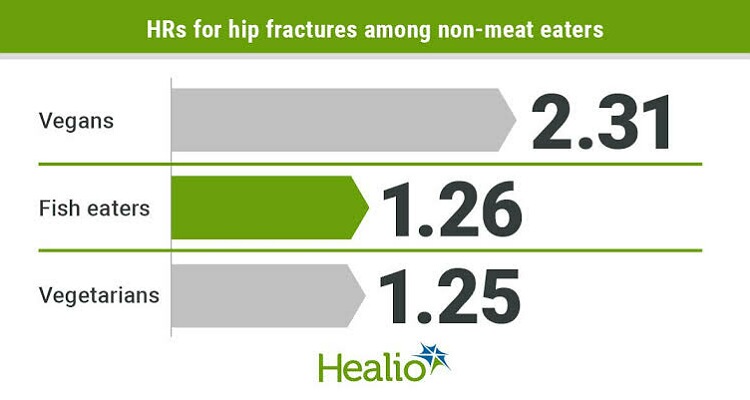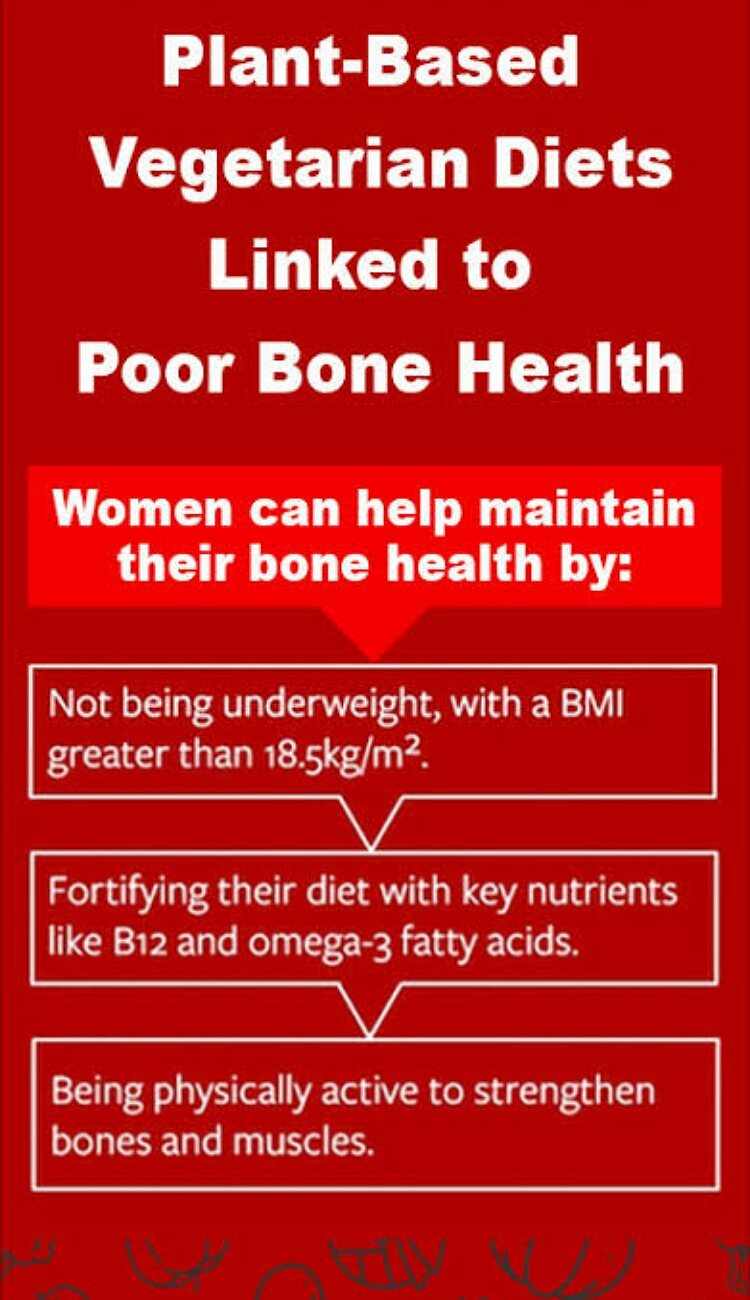With an aging global population, risk of hip fractures are on the rise. These fractures affect elderly females and also impair their mobility, causing morbidity and mortality. How does diet and eating habits affect this risk?
The UK study on risk of hip fractures
Hip fractures are a great risk. They reduce mobility and can cause increase in morbidity and mortality. These fractures commonly affect aging and elderly females of the world. As the global population of aged people is rising, so are these fractures of the hip. We know that vegetarian diets provide less calcium, vitamin D, vitamin B12, protein and omega 3 fatty acids. These are required for bone health. And vegetarian diets are on the rise in the world. This implies that risk of hip fractures is bound to increase.

Earlier studies had shown that people consuming vegetarian and pescatarian diets have lower body mass index (BMI) compared to that in meat eaters. But not many studies have looked into association of vegetarian and pescatarian diets with bone health.
Hence researchers undertook a study using the data from the United Kingdom Women’s Cohort Study (UKWCS). They wanted to know the risk of hip fractures in vegetarian, pescatarian, and occasional meat eaters and compare it with those who consumed meat regularly.
Findings
26000 women based in the UK and in the age group of 35 to 69 years had completed a questionnaire that had 217 items. This was to know the food frequency of these recruits. Based on this, the recruits were put into 4 categories: vegetarians/vegans, pescatarians, occasional meat eaters and regular meat eaters (eating meat 5 or more than 5 times in a week). Their diet and lifestyle was linked with their hospital records and episodes up to 31 March 2019.

A total of 822 cases of fractures of hip were seen. These were most common in vegetarians or vegans. Moreover, the other three categories did not differ much in these fracture episodes. Also, BMI did not affect this risk.
Research into this incidence in the four groups in men and non-European population is also worthwhile.
Hip fractures: main factors operative
These fractures can occur with a strong impact in any age group of people. It is seen in the young with car crash injuries. But in the elderly people, it can occur with a simple fall from a standing height. And in those who have very weak bones, these can occur even with standing on one leg and twisting it by mistake.
Most people with these fractures have lowered muscle mass and less bone mineral density. This is common in aging people. It is three times more common in females. After menopause, females have faster bone mass decrease due to lessened estrogen. But men also can have very low bone mineral density that could lead to fractures.

Read more: Watermelon seeds: Health benefits and nutrition!
Conditions such as osteoporosis, thyroid dysfunction, malabsorption syndromes, issues of balance of body and higher intake of glucocorticoid all can cause heightened risk. Additionally, dietary deficiency of calcium and less of weight bearing exercises can also induce such bone breaks. Tobacco and alcohol are also bad for bone health.